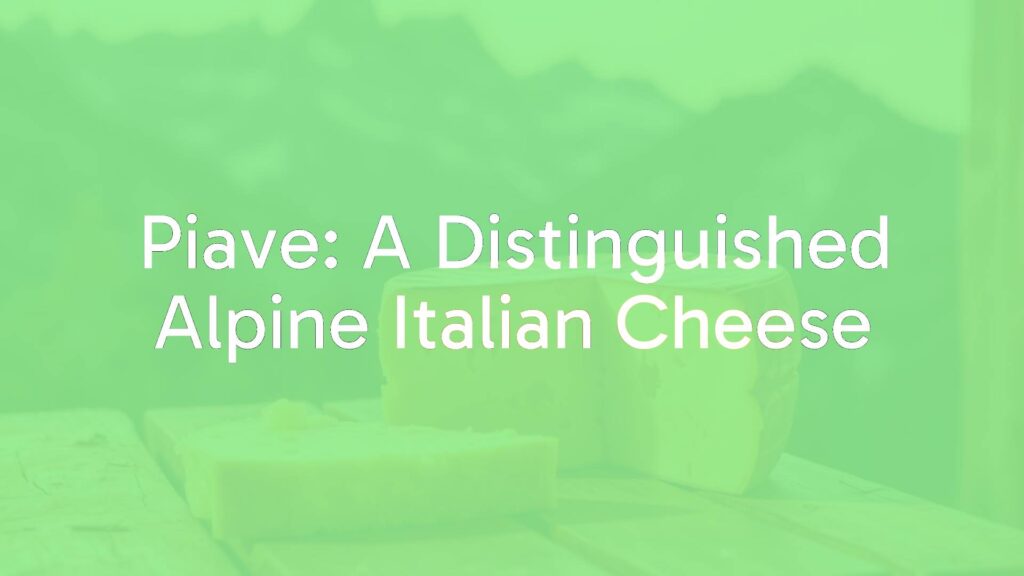Introduction to Piave Cheese
Piave is a celebrated cow’s milk cheese hailing from the Dolomite foothills of Italy’s Veneto region. Specifically, it is produced exclusively in the Piave River valley, within Belluno province, which lends the cheese its name. Distinguished by its dense texture and sweet, nutty flavor, Piave offers a unique profile that has earned it both local admiration and international acclaim.
Characteristics and Aging
One of Piave’s most notable qualities is its evolution with age. When young (labeled “Mezzano” or “Fresco”), Piave boasts a semi-firm, elastic consistency and a mild, milky sweetness. As it matures to the “Vecchio” and especially “Vecchio Selezione Oro” stages (aged over 12 months), the cheese becomes much harder and flakier, developing a richly nutty, almost caramelized flavor reminiscent of extra-aged Parmigiano-Reggiano but with a distinct, butterier finish.
Piave cheeses are easy to identify by their blue marking on the rind, bearing the cheese’s name repeatedly, and are always produced in large, 12-kilogram wheels. Its PDO (Protected Designation of Origin) status guarantees that authentic Piave is made according to strict regional techniques.
Historical Insights and Tradition
Dating back to the late 19th century, Piave was developed as a response to the preservation needs of rural dairy farmers in Belluno. The local alpine pastures, rich in grasses and herbs, provided the ideal environment for producing aromatic milk, which in turn shaped Piave’s unique taste. The cheese’s popularity steadily rose throughout the 20th century, eventually receiving official PDO recognition in 2010. Today, it remains an emblem of the region’s proud mountain dairy tradition.
Production Practices
Traditional Piave production involves pasteurized cow’s milk from the region, coagulated, gently cooked, and pressed to remove excess whey. After forming, wheels are brined and then aged in cellars, sometimes for over a year, allowing distinct flavors to emerge. Only local, carefully-regulated dairies are permitted to produce real Piave, ensuring consistent quality and adherence to tradition.
Culinary Uses and Pairings
Versatility is a hallmark of Piave. Young Piave is delightful as a table cheese, perfect for snacking or including on cheese boards. Aged varieties shine when grated over pasta, risotto, or soups, imparting a savory depth. Piave also melts beautifully, making it excellent for polenta or baked vegetable dishes.
For pairings, Piave’s sweet, nutty notes harmonize well with crisp white wines like Prosecco or Soave, as well as light reds such as Valpolicella. It also pairs attractively with raw honey, walnuts, fresh pears, and rustic breads.
Cultural Importance and Enjoyment
In the Veneto, Piave is more than just a staple cheese–it’s a symbol of alpine heritage and local pride. It figures prominently at regional festivals and is often given as a special gift, signifying the generosity and abundance of the land. Traditionally, it is enjoyed in simple ways to highlight its flavor, such as sliced with radicchio or alongside a glass of local wine during gatherings.
Serving Suggestions
For best enjoyment, bring Piave to room temperature before serving, which allows its aroma and creamy texture to fully emerge. Whether enjoyed on its own, as part of an antipasto spread, or grated over a favorite Northern Italian dish, Piave offers a taste of the Dolomites in every bite.

